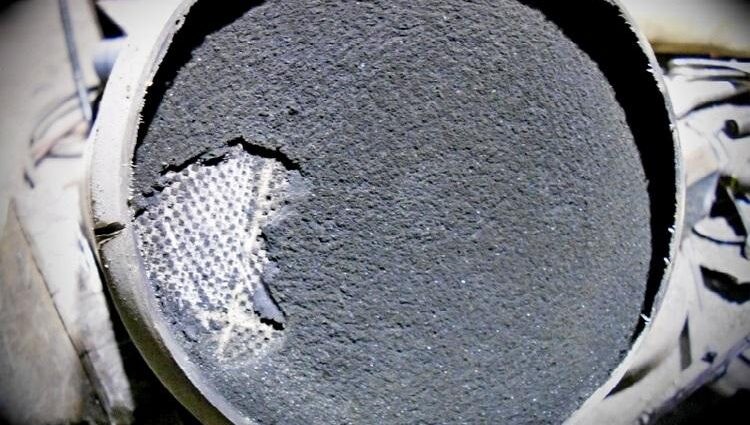DPF, otherwise known as a particulate filter
DPF, in other words, particulate filter is always the right phrase not only when visiting a foreman, but also when buying a used car. What is it really and does it need to be strengthened with that solution?

Particulate filter – DPF filter is part of the exhaust system, more precisely, the filter responsible for cleaning the exhaust gases from soot particles and ash emissions. The particulate filter is often referred to as DPF. The introduction of particulate filters (DPFs) was prompted by the tightening of emission standards and the introduction of Euro IV, which significantly reduced particulate emissions to air compared to previous standards. Particulate matter is associated with soot from fuel combustion. It contains hydrocarbons and carbon, as well as sulfates, sulfur oxides and metals. The location of the DPF filter is also not accidental – it is installed immediately behind the catalyst. Unfortunately, its presence in the system forces the introduction of additional modifications to the system – a pressure sensor, an exhaust temperature sensor before and after the filter, and a broadband lambda probe. Information from the individual sensors is transmitted to the controller, which uses them to calculate the filter clogging level and is responsible for the regeneration process.

The particulate filter (DPF) is made of a ceramic body. (DPF) particulate filter located is in most cases made of stainless steel, as the use of this material ensures a longer service life. (DPF) inside the particulate filter are channels arranged side by side in parallel. A very important fact is that one end of each channel is closed – some clogged channels have an inlet and the other is open – an outlet. Their arrangement is not random – the whole creates a grid. Ducts with clogged outlets are called inlet ducts – they receive smoke. The opposite is the case for outlet ducts where the inlet openings are blocked. The ducts are made of silicon carbide coated with alumina and cerium oxide, on which platinum particles additionally settle. The porosity of the duct walls allows the exhaust gas to flow, during which soot particles are trapped and collected. A side effect (DPF) of a particulate filter is its clogging, which reduces engine power and reports a filter problem, and in some cases, a clogged particulate filter switches the engine to emergency mode. What happens then? In most cases, the filter may burn itself, which will return to normal engine operation. If self-monitoring does not help, we must contact a service that will perform filter regeneration. Unfortunately, this fix is not always helpful and in this case you will be forced to remove the (DPF) particulate filter.


